Cuba, the US and Sugar
A first impression of food culture and health
During my trip to Cuba, I had a few interesting chats with the Spanish chef at the hotel about sugar in Cuban cuisine. Since sugar is a frequent topic in the U.S., I wanted to understand its role in Cuba.
The chef said that sugar is widely used in Cuba—almost too much. This makes sense, since Cuba has a long history of producing sugar. Interestingly, there is a sugar shortage these days, partly due to fuel, machinery, labor, and even fertilizer scarcities.
I appreciated the chef’s remarks because I often think American cuisine has too much sugar. It's gotten to the point where I recently asked at a restaurant if they put sugar on the vegetables—thankfully, they had not.
What I know is that eating too much sugar can lead to weight gain and an increased risk of heart disease, diabetes, and cavities. It can also cause inflammation and negatively impact metabolic health. Balancing sugar with a healthy diet is usually the goal.
Both Cuban and American cuisines use sugar to sweeten all kinds of foods. There's nothing inherently wrong with sugar, especially when it naturally occurs in food. It's more about knowing when you’re probably overeating sugar, and then it starts to become an issue.
Freshness in Cuba
The chef shared something that resonated deeply with me—something that’s become a guiding principle in my kitchen and is done all the time in Cuba: almost everything is homemade because that’s what they can do. They have access to fresh ingredients, and that’s what they use.
The chef said all the breakfast breads, rolls, and other baked goods were made by hand daily. I tried one each day, which is uncommon for me, as I don’t eat baked goods unless I make them myself.
In contrast, in the U.S., baked goods are often made with so much sugar, salt, fat, and other additives that I can't bring myself to buy or eat them. I can't look at a package with a paragraph of ingredients, most of which I can't pronounce, and believe it's good for me to eat. So, in Cuba, these homemade breads were a rare treat.
To be fair, it’s easy for Americans to lose sight of nutrition because of the slick marketing of packaged and processed foods, often labeled as healthy but don’t always offer much nutrition. It’s depressing to say, and even more disturbing to know that 73% of the U.S. food supply is ultra-processed, according to Northeastern University’s Network Science Institute.
Cuban Healthcare System
Cuba is well-known for dedicating many resources to healthcare and education, even though the rest of the economy is crumbling. (There is an enormous humanitarian crisis there for reasons too complex to discuss in this article, but here's a link for more on that). Research indicates that 14% of its GDP goes to healthcare expenditures, compared to 17.3% in the U.S.
You might think that because we in the US spend more on healthcare, we have better outcomes. But, that’s not the case. There’s not much difference in life expectancy: Cuba’s is 80.1 years, while the U.S. is 80.9 years, according to a country comparisons of life expectancy at birth listing in the World Factbook produced by CIA.gov. Why is that? Cuba is a socialist country with fewer resources than the U.S., yet the longevity numbers are nearly the same.
On top of this, we have information about healthy foods but still have a hard time getting it straight. In the U.S., we’re often reminded of the importance of eating balanced meals, with all sorts of health information available online, on television, and through social media. I spoke with the chef about this a bit. The chef said he hadn’t seen a substantial health movement in Cuba promoting balanced eating, aside from occasional TV programs that might focus on portion sizes, for example.
They say necessity is the mother of invention, and in this case, with Cuba, it works in its favor. I think the freshness of food—which is essentially what they have—plays a big part in eating foods that aren’t ultra-processed. More definitively, research shows that Cuba’s focus on preventative care and strong community ties contribute to this outcome. Additionally, Cubans walk despite having cars.
The picture on the US side
Unfortunately, our food supply is beset by too many chemical modifications, which can’t be good. Some sanity on this front is beginning to emerge. Red No. 3 has finally been banned, and new food labels for the front of a package will help people determine, at a glance, the saturated fat, sodium, and added sugars. This is a great move, highlighting what many people should watch for in their food choices.
“The science on saturated fat, sodium and added sugars is clear,” said FDA Commissioner Robert M. Califf, M.D. in a press release dated January 14th, 2025, from the US Food and Drug Administration. “Nearly everyone knows or cares for someone with a chronic disease that is due, in part, to the food we eat. It is time we make it easier for consumers to glance, grab and go. Adding front-of-package nutrition labeling to most packaged foods would do that. We are fully committed to pulling all the levers available to the FDA to make nutrition information readily accessible as part of our efforts to promote public health.”
The press release said that “the proposed rule, if finalized, would require food manufacturers to add a Nutrition Info box to most packaged food products three years after the final rule’s effective date for businesses with $10 million or more in annual food sales and four years after the final rule’s effective date for businesses with less than $10 million in annual food sales.”
Conclusion
We all need to be mindful of sugar consumption. It’s probably best to have it at the end of meals and in moderation. Cuba and the US are taking various approaches to the sugar problem, and both can continue to benefit from healthy eating habits and fresh, minimally processed foods.




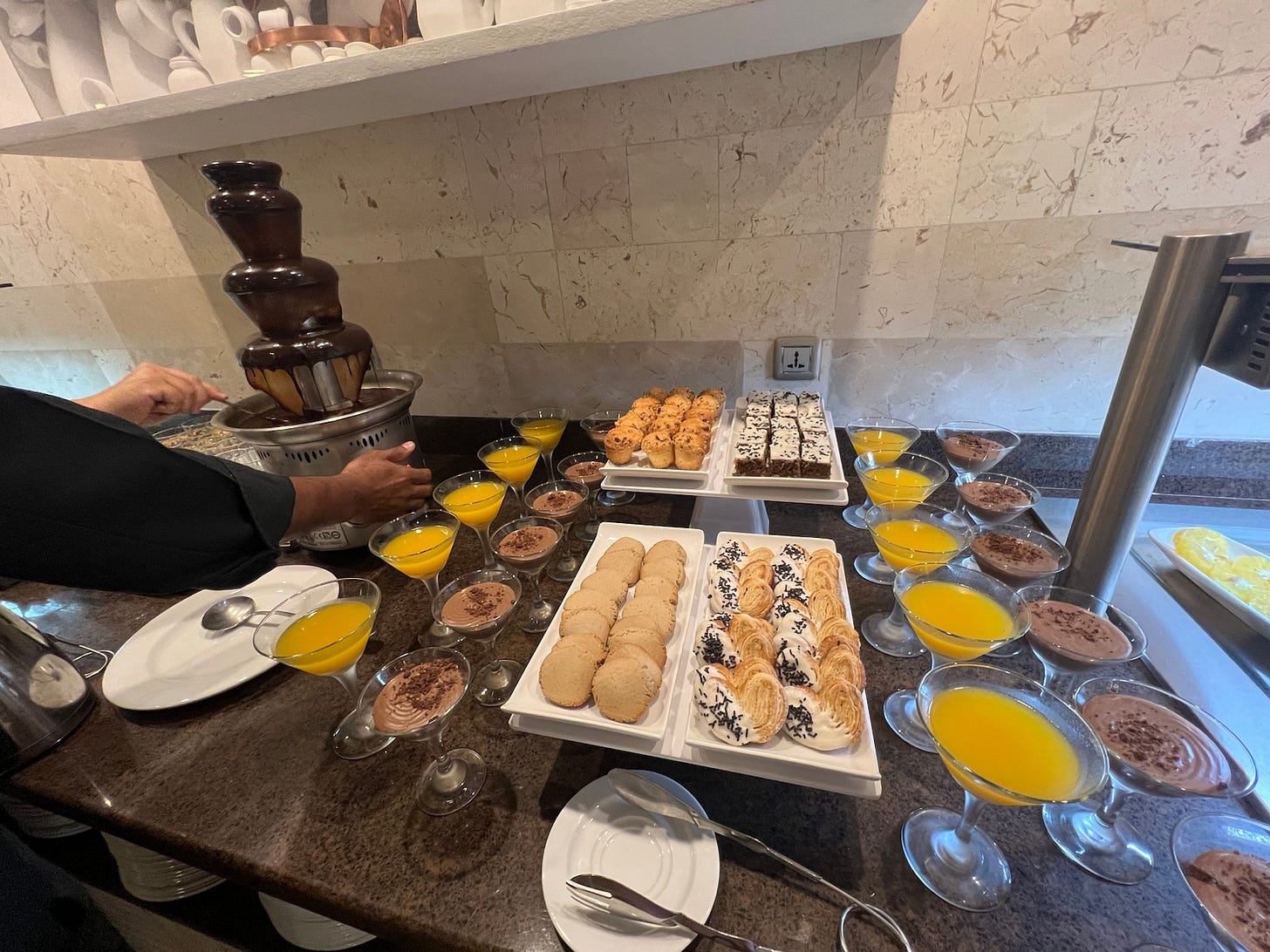
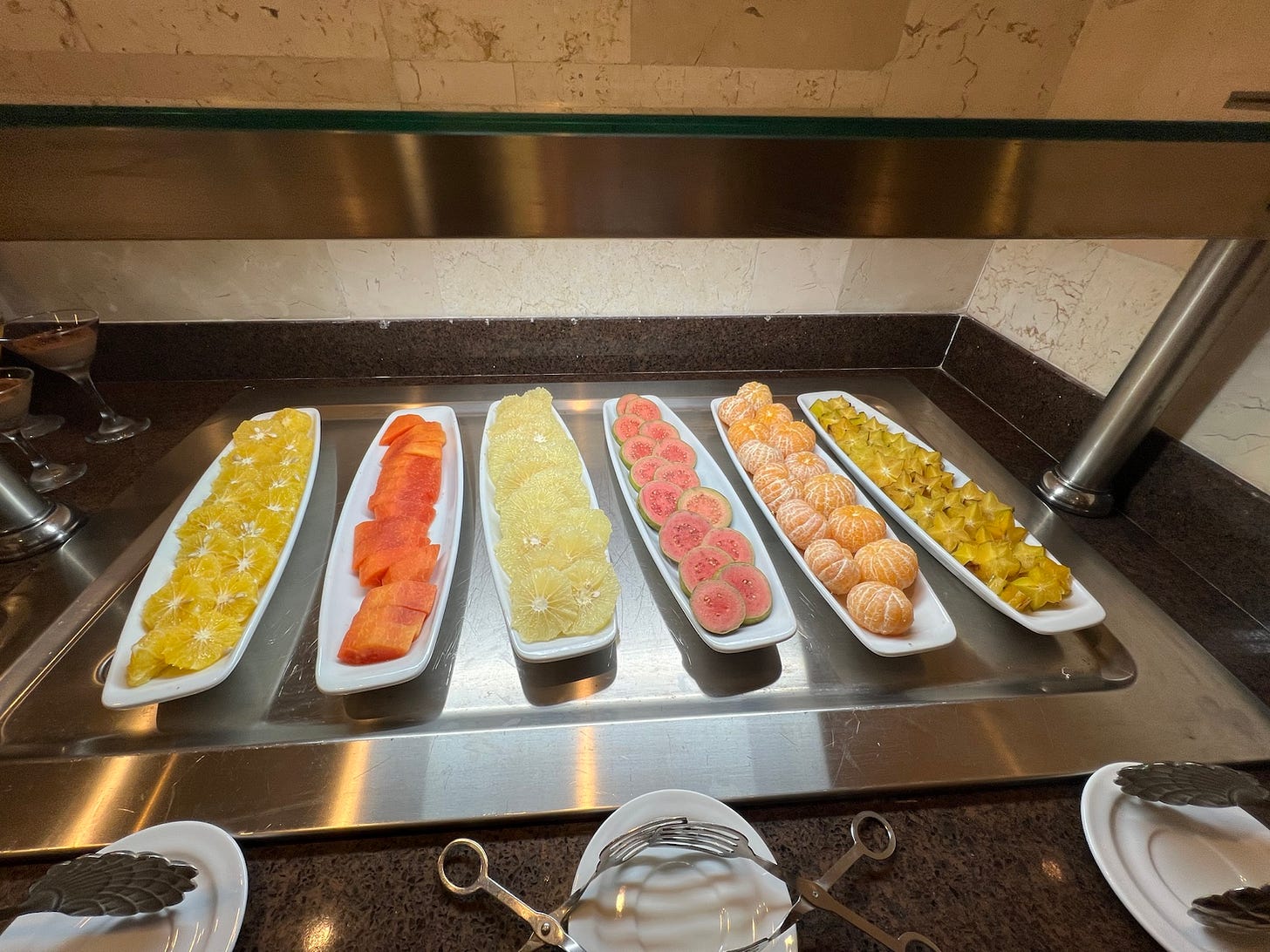
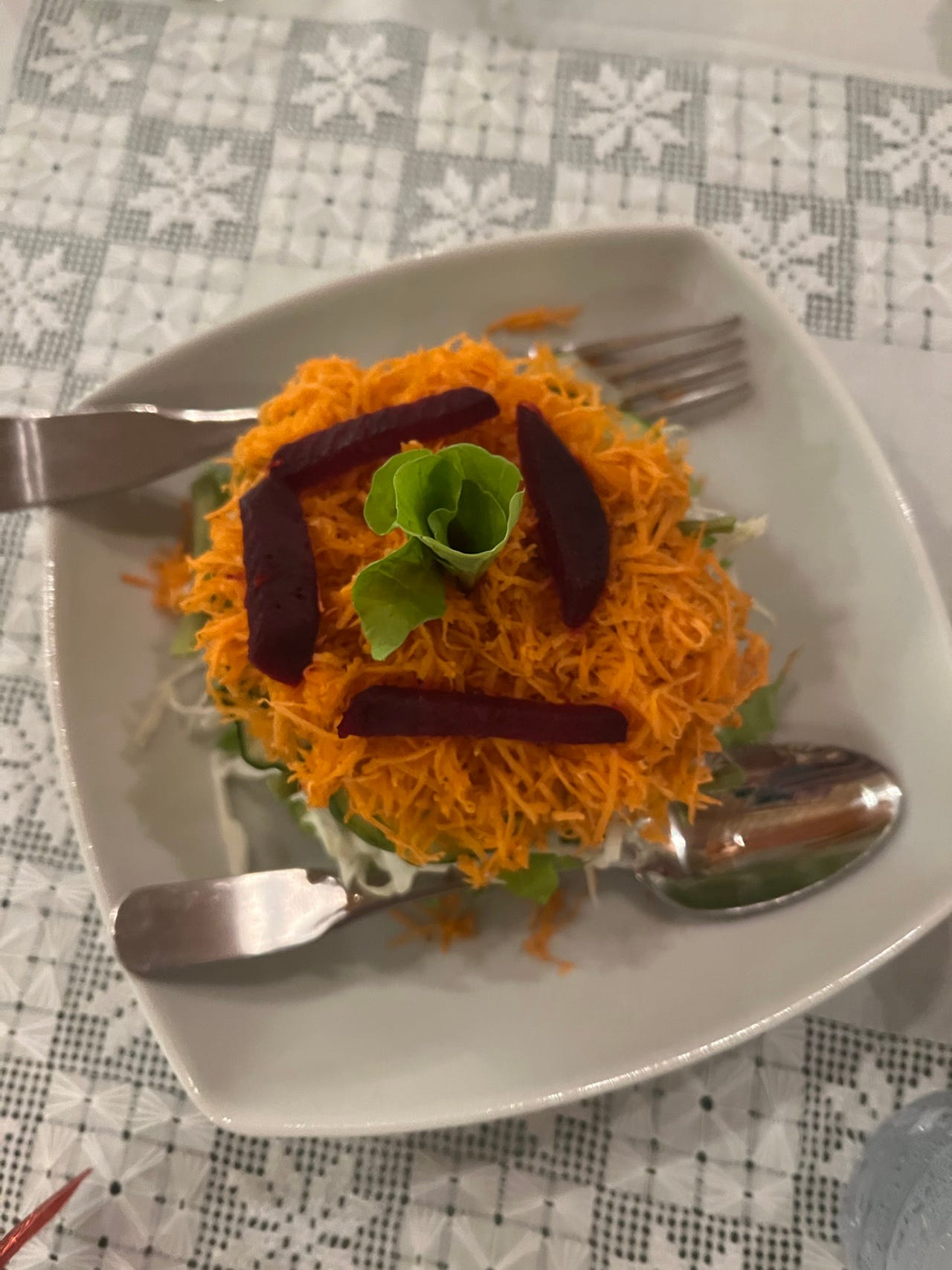
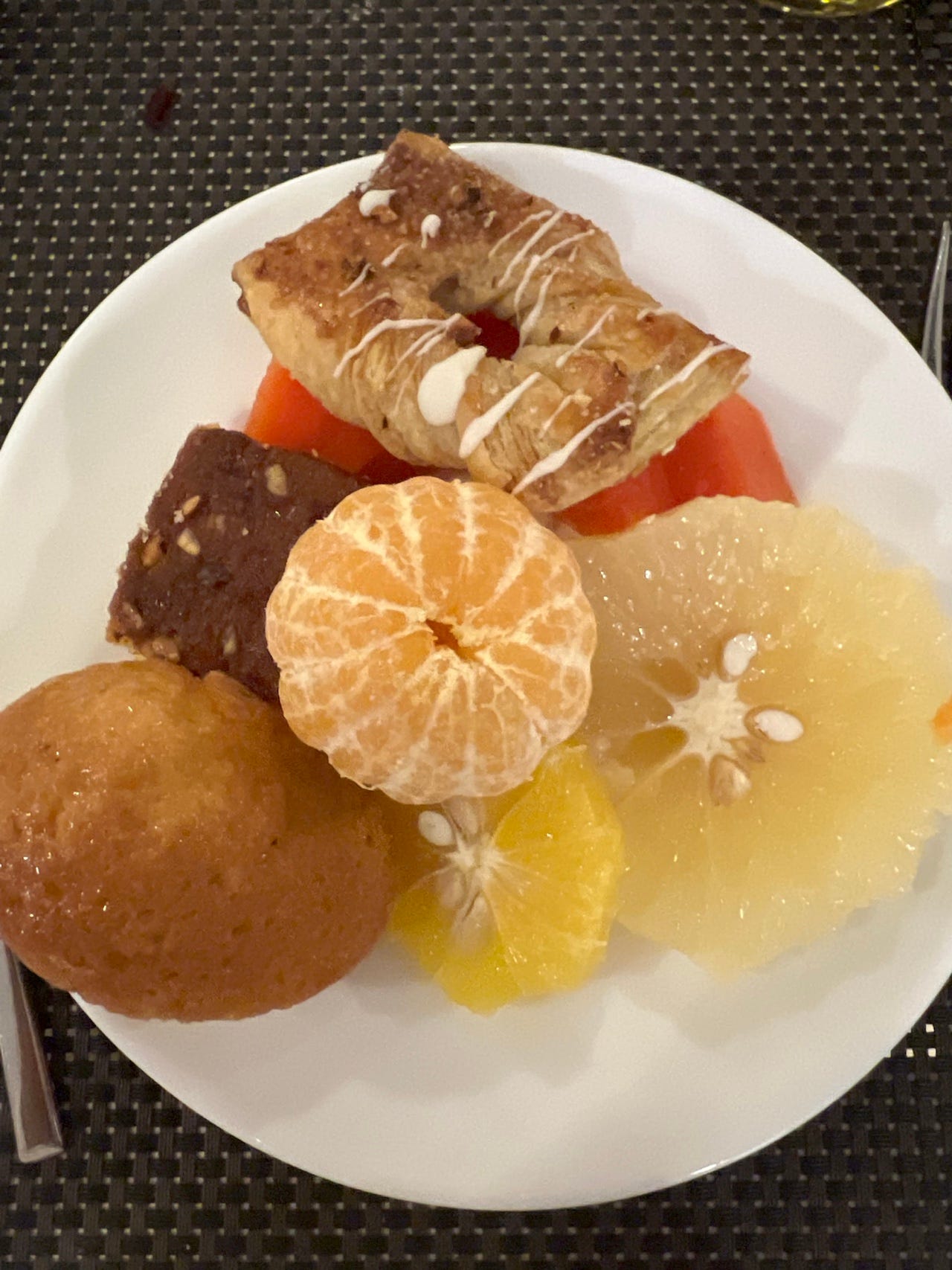

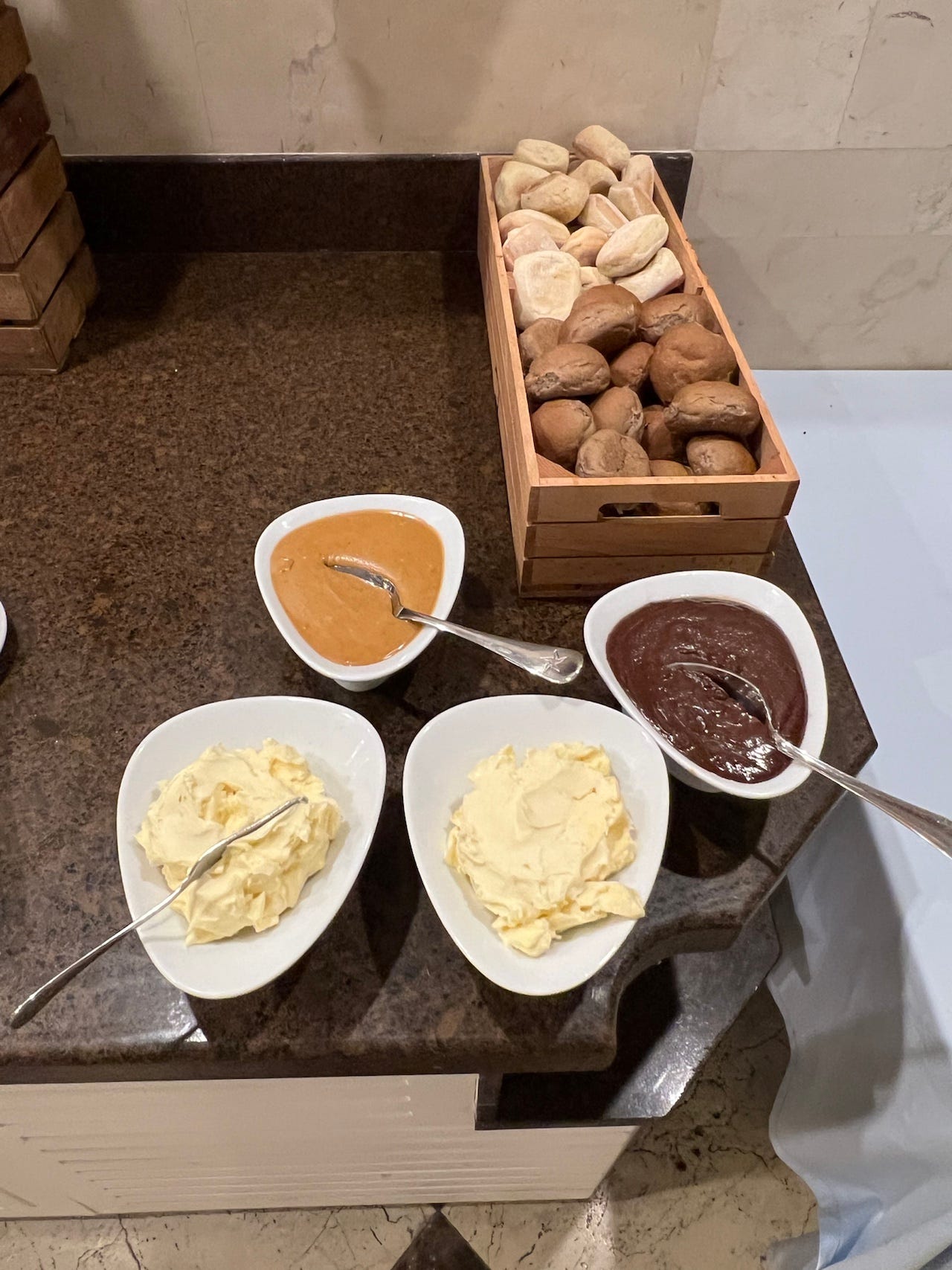
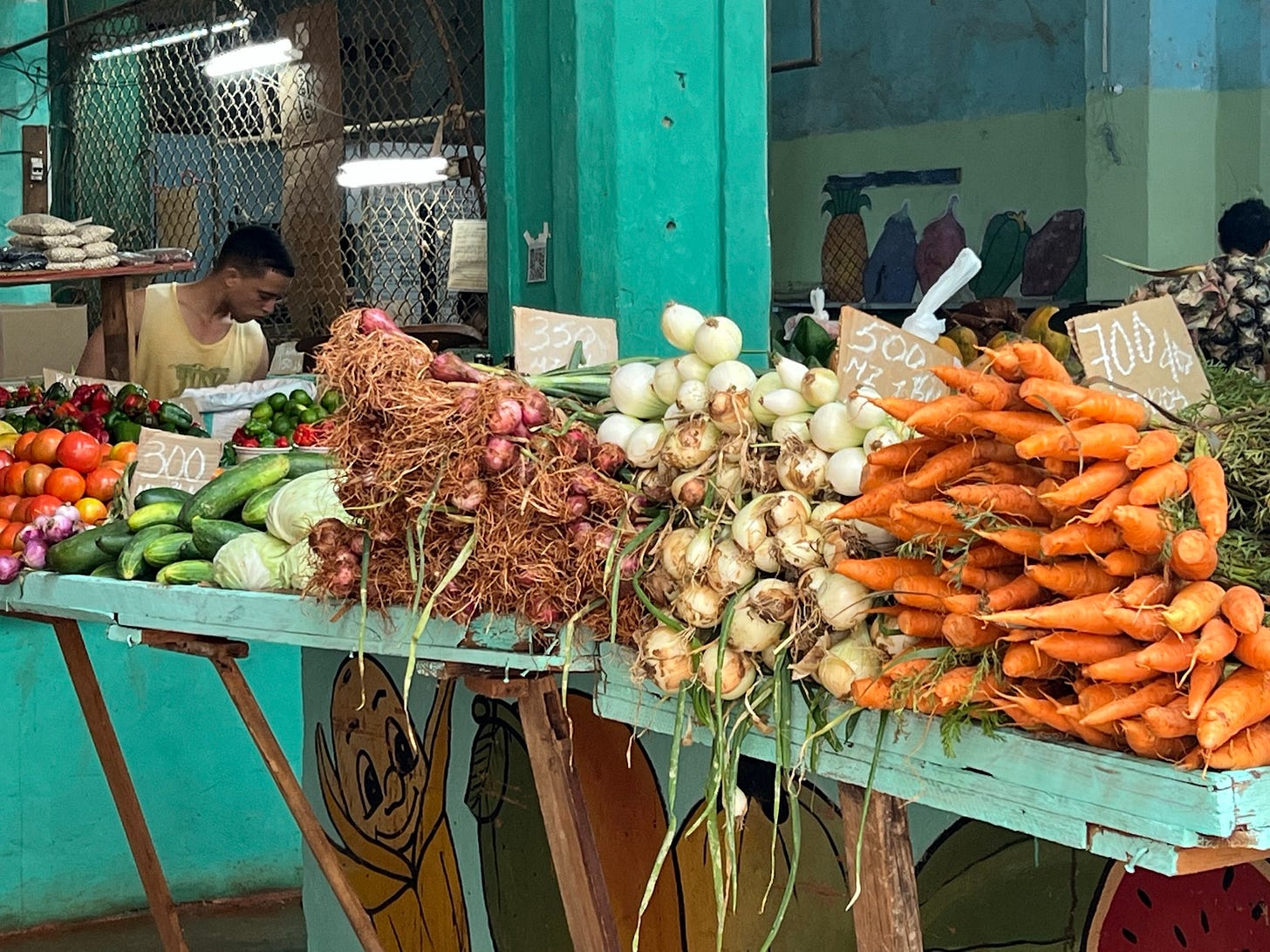
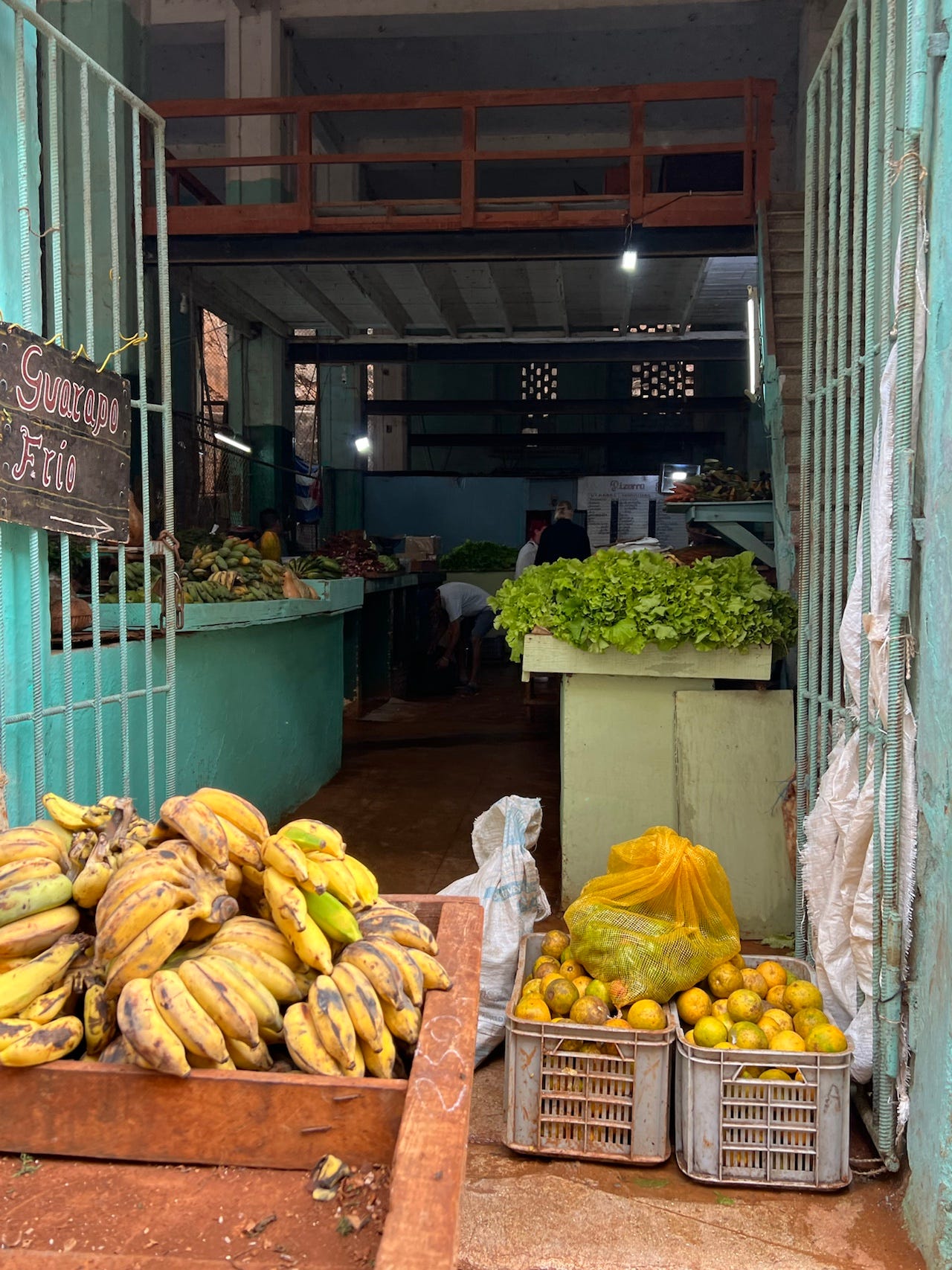
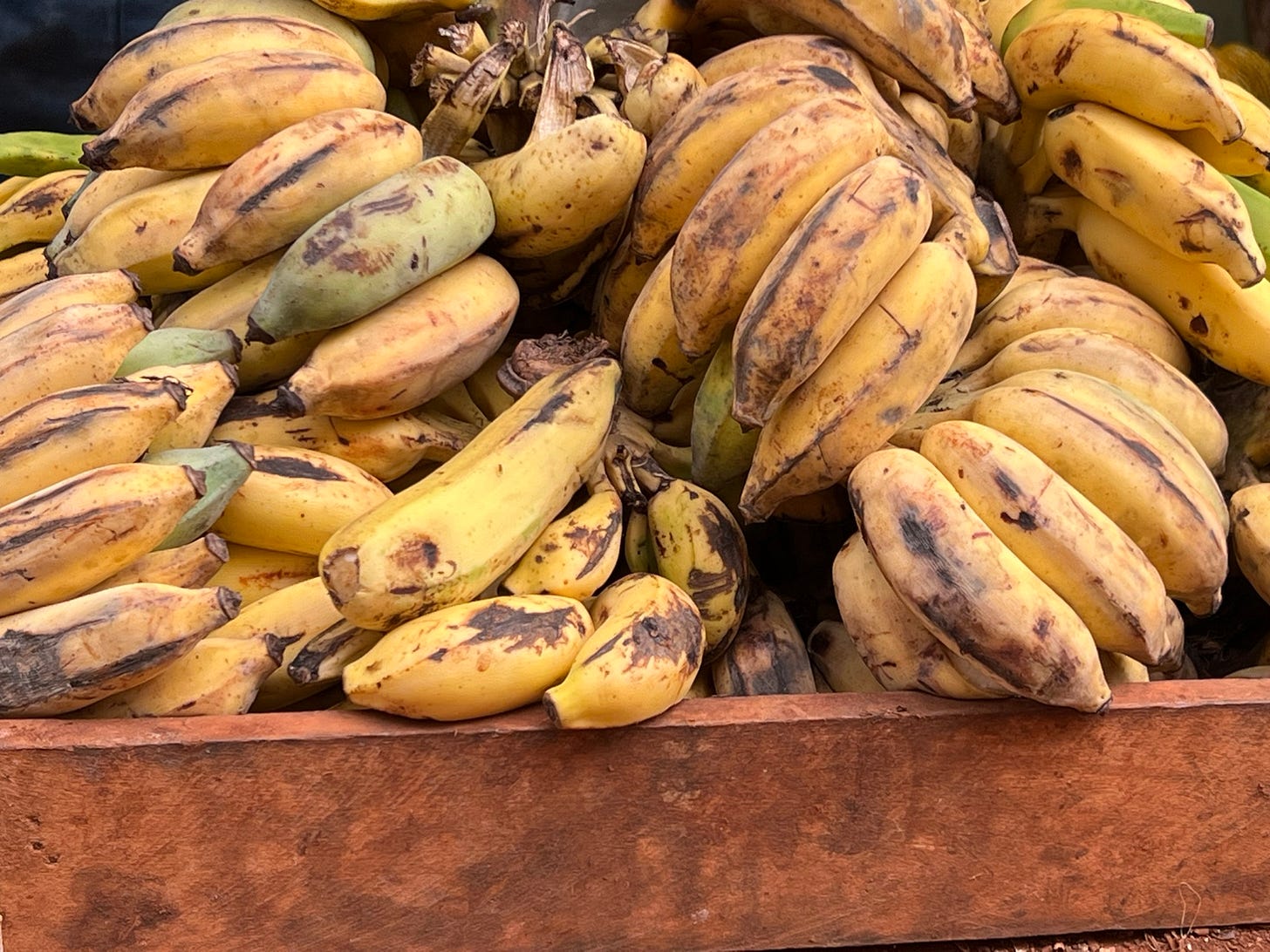
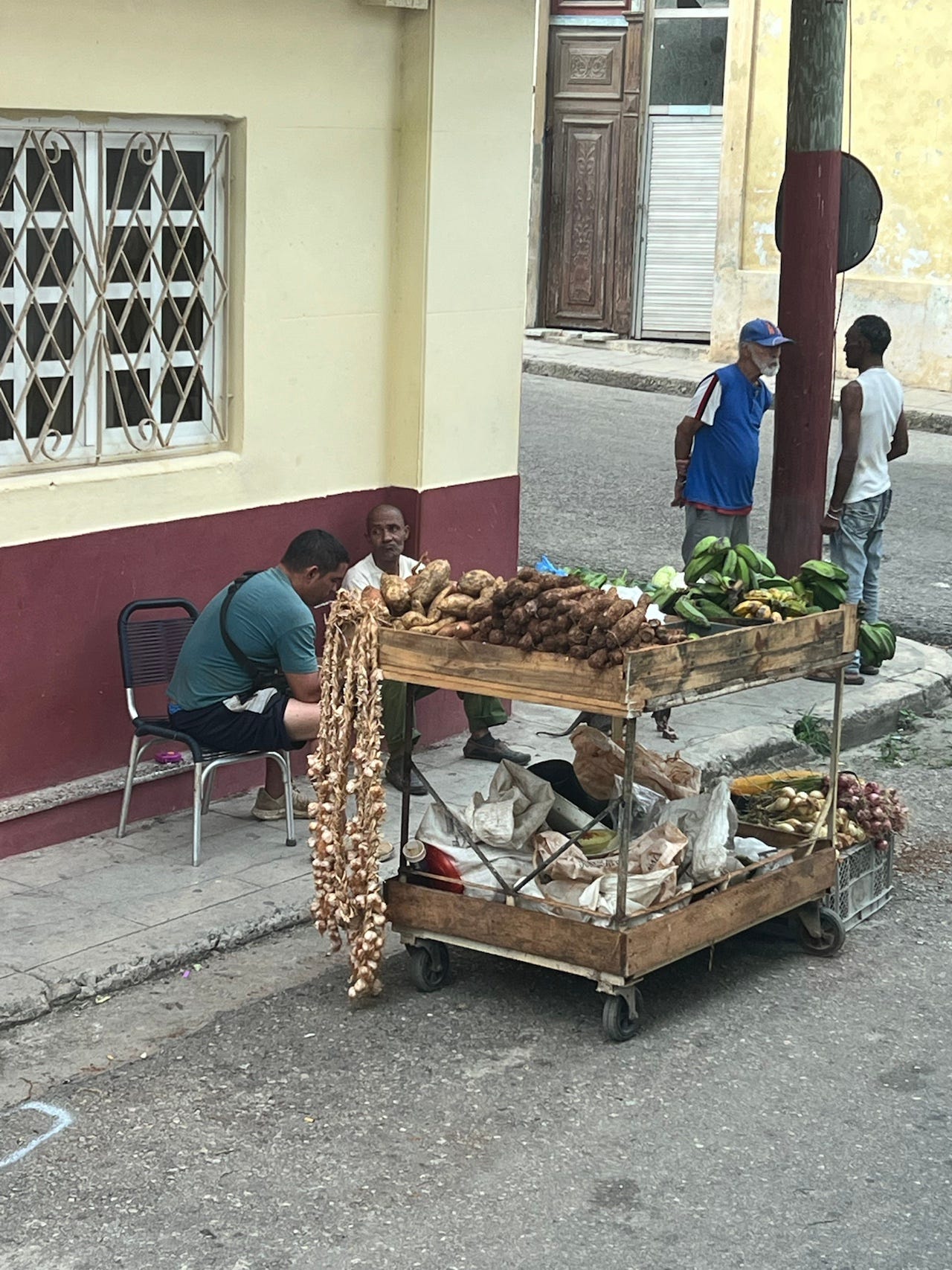


Your trip to Cuba sounds amazing!…I loved reading your article and seeing your photos. It’s reminding me to be mindful of what I eat and inspiring me to eat more veggies and even to make my own baked goods.